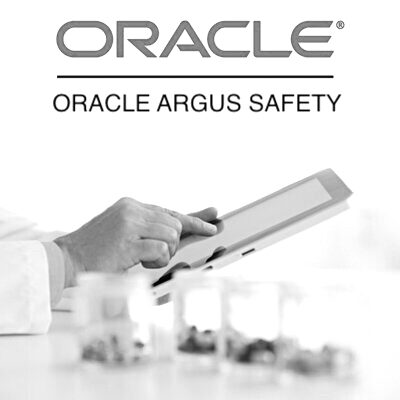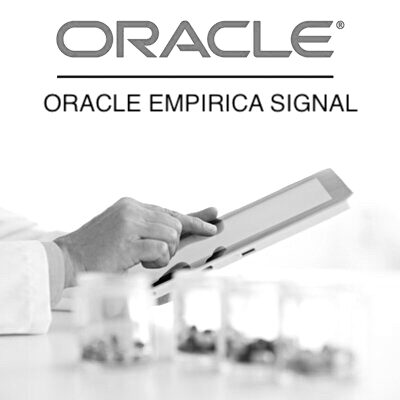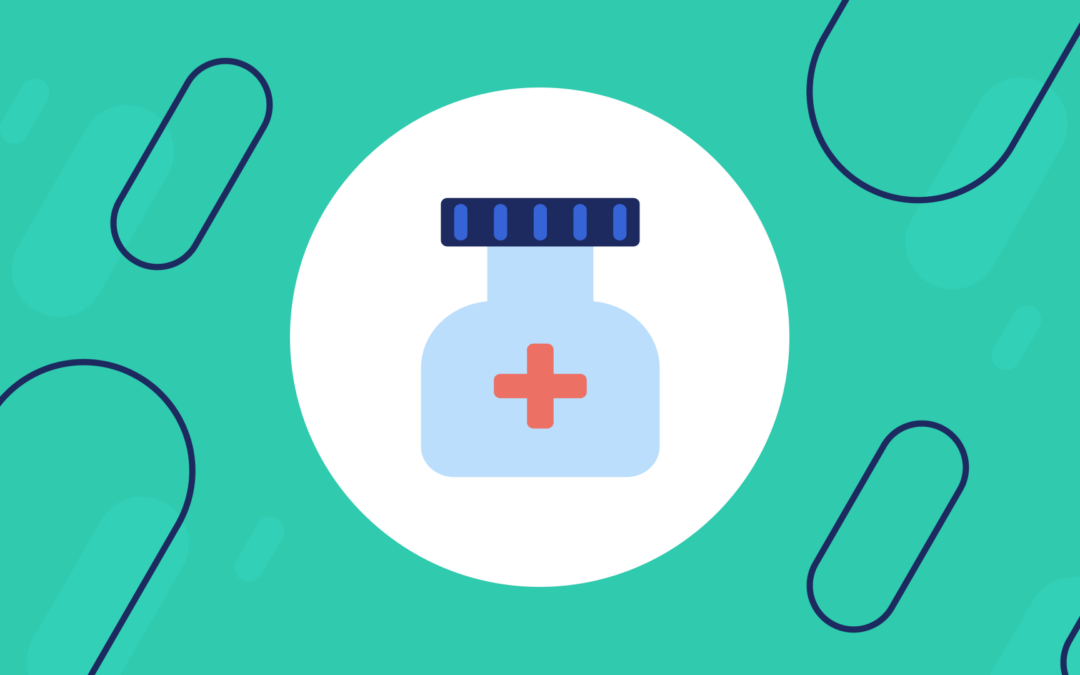Embracing Patient-Centric Approaches in Pharmacovigilance
Table of Contents
- Introduction
- Understanding Patient-Centric Pharmacovigilance
- Benefits of Patient-Centric Pharmacovigilance
- Challenges in Implementing Patient-Centric Pharmacovigilance
- The Role of Technology in Patient-Centric Pharmacovigilance
- Conclusion
- Oracle Argus Safety Essentials
- Oracle Argus Safety Essentials + Console
- Oracle Argus Safety – Live Online
- Oracle Argus Safety + Console – Live Online
- Oracle Empirica Signal
- Oracle Empirica Signal – Live Online
- Diploma in Pharmacovigilance
- Argus Safety – Business Configuration and Administration
Introduction
Pharmacovigilance, the science and practice of monitoring and assessing the safety of pharmaceutical products, has evolved significantly over the years. Traditionally, this field primarily relied on healthcare professionals and regulatory authorities to report adverse events associated with medications. However, in recent years, there has been a paradigm shift towards a more patient-centric approach in pharmacovigilance. This approach recognizes the invaluable role that patients play in contributing to drug safety, and it aims to empower them to actively participate in the monitoring and reporting of adverse events. In this blog, we will explore the significance of patient-centric approaches in pharmacovigilance, their benefits, and the challenges they bring.
Understanding Patient-Centric Pharmacovigilance
Patient-centric pharmacovigilance can be defined as an approach that places the patient at the center of the drug safety monitoring process. It involves actively engaging patients, their caregivers, and the general public in reporting adverse events, sharing their experiences, and providing valuable insights into the safety and efficacy of medications.
The shift towards patient-centric pharmacovigilance has been driven by several factors, including:
- Increased Patient Awareness: Patients are more informed than ever before, thanks to the internet and social media. They can access information about their medications, potential side effects, and alternative treatment options. This increased awareness has empowered patients to take a more active role in their healthcare.
- Patient Advocacy Groups: Patient advocacy groups have emerged as influential stakeholders in the healthcare industry. These organizations work to represent the interests of patients and promote patient engagement in healthcare decision-making, including pharmacovigilance.
- Regulatory Initiatives: Regulatory agencies such as the U.S. FDA and the European Medicines Agency (EMA) have recognized the importance of patient-reported data in evaluating drug safety. They have initiated programs to encourage patients to report adverse events directly to them.
Benefits of Patient-Centric Pharmacovigilance
- Early Detection of Adverse Events: Patients are often the first to notice and report unusual symptoms or side effects. Their input can lead to the early detection of adverse events that might have otherwise gone unnoticed.
- Enhanced Data Quality: Patient-reported data can provide valuable context and details that may be missing from healthcare professional reports. This enhances the quality and completeness of pharmacovigilance data.
- Improved Communication: Engaging patients in pharmacovigilance fosters better communication between patients, healthcare providers, and regulatory agencies. This ensures that important safety information reaches all stakeholders more effectively.
- Tailored Healthcare: Patient-centric pharmacovigilance can lead to personalized healthcare. By understanding individual patient experiences and responses to medications, healthcare providers can make more informed decisions about treatment options.
- Trust Building: When patients see that their input is valued and acted upon, it builds trust in the healthcare system and the pharmaceutical industry. This trust is essential for maintaining patient confidence in medications.
Challenges in Implementing Patient-Centric Pharmacovigilance
While the benefits of patient-centric pharmacovigilance are evident, there are challenges associated with its implementation:
- Data Quality and Validity: Patient-reported data may vary in quality and reliability. Ensuring the accuracy of reported adverse events can be challenging.
- Privacy Concerns: Patient data must be handled with care to protect privacy. Ensuring data security and compliance with regulations like GDPR and HIPAA is essential.
- Health Literacy: Not all patients have the same level of health literacy or understanding of pharmacovigilance processes. Efforts are needed to educate and empower patients to report adverse events effectively.
- Resource Constraints: Regulatory agencies and healthcare providers may lack the resources to handle a significant influx of patient-reported data. Adequate infrastructure and personnel are essential.
- Integration with Healthcare Systems: Integrating patient-centric pharmacovigilance into existing healthcare systems and electronic health records can be complex and costly.
- Bias and Overreporting: Patients may overreport adverse events, and this can lead to an influx of low-quality data and increased workload for pharmacovigilance professionals.
Overcoming these challenges requires a collaborative effort from healthcare providers, regulatory agencies, pharmaceutical companies, and patient advocacy groups.
The Role of Technology in Patient-Centric Pharmacovigilance
Technology plays a pivotal role in facilitating patient-centric pharmacovigilance. Here are some ways in which technology is aiding this transition:
- Digital Reporting Platforms: Many regulatory agencies and pharmaceutical companies have developed user-friendly digital platforms that allow patients to report adverse events online. These platforms streamline the reporting process and improve data accuracy.
- Natural Language Processing (NLP): NLP algorithms can analyze vast amounts of patient-generated text data, such as social media posts and online forums, to identify potential adverse events and trends.
- Mobile Apps: Mobile applications can encourage patients to track their medication use and report adverse events conveniently. These apps can also provide educational resources about medications.
- Data Analytics: Advanced analytics tools can help identify patterns and trends in patient-reported data, enabling more targeted safety assessments and interventions.
- Blockchain Technology: Blockchain can enhance data security and transparency in pharmacovigilance by creating a tamper-resistant and immutable record of adverse event reports.
Conclusion
Patient-centric pharmacovigilance is a transformative approach that recognizes patients as active participants in the safety monitoring of pharmaceutical products. By involving patients in the reporting and evaluation of adverse events, healthcare systems, regulatory agencies, and pharmaceutical companies can enhance drug safety and patient care. While there are challenges to overcome, advances in technology and increased awareness of the importance of patient involvement are driving the adoption of this approach. As we move forward, it is crucial to continue refining patient-centric pharmacovigilance strategies to maximize its benefits and ensure the safety of all medication users.
You may be interested in…
-
 eLearning + software
eLearning + softwareOracle Argus Safety Essentials
$599.00 -
 eLearning + software
eLearning + softwareOracle Argus Safety Essentials + Console
$799.00 -
 Live Online
Live OnlineOracle Argus Safety – Live Online
$999.00 -
 Live Online
Live OnlineOracle Argus Safety + Console – Live Online
$999.00 -
 eLearning + software
eLearning + softwareOracle Empirica Signal
$599.00 -
 Live Online
Live OnlineOracle Empirica Signal – Live Online
$999.00 -
 eLearning + software
eLearning + softwareDiploma in Pharmacovigilance
$799.00 -
 eLearning + software
eLearning + softwareArgus Safety – Business Configuration and Administration
$599.00

